Photography is more than just capturing moments; it’s about storytelling, skill demonstration, and creative expression. Portfolio Photography plays a crucial role in establishing credibility, attracting clients, and showcasing expertise. Whether you are a beginner or an experienced photographer looking to refine your portfolio, this comprehensive guide will help you create a collection that stands out.
1. Understanding Portfolio Photography
What Is Portfolio Photography?
Portfolio Photography refers to a curated collection of images that highlight a photographer’s style, skills, and expertise. It serves as a visual resume, allowing potential clients, brands, and employers to evaluate a photographer’s capabilities.
Why Is Portfolio Photography Important?
- Showcases your best work to potential clients or employers.
- Builds credibility and trust in your expertise.
- Helps in specialization, allowing you to focus on specific niches.
- Attracts collaborations and business opportunities.

2. Choosing Your Photography Niche
Before building your portfolio, you must define your niche. Some popular portfolio photography niches include:
- Portrait Photography – Ideal for professionals, families, or creative portraits.
- Wedding Photography – Showcasing emotional and candid moments.
- Fashion Photography – Highlighting model poses and clothing details.
- Product Photography – Capturing products for commercial use.
- Wildlife and Nature Photography – Emphasizing landscapes and animal behavior.
- Fine Art Photography – Displaying artistic compositions and creative techniques.
3. Selecting the Right Equipment
Your portfolio’s quality depends significantly on the tools you use. Essential gear includes:
- Camera: A high-resolution DSLR or mirrorless camera.
- Lenses: Varying focal lengths (e.g., 50mm for portraits, 85mm for fashion, macro for product shots).
- Lighting Equipment: Softboxes, reflectors, and natural light setups.
- Tripod: Ensuring stability and precision.
- Editing Software: Adobe Lightroom, Photoshop, or AI-powered tools.
4. How to Create a Strong Photography Portfolio
Selecting Your Best Work
- Choose high-quality images that define your style.
- Include a variety of shots (close-ups, wide angles, and creative compositions).
- Ensure consistency in editing and tonality.
Organizing Your Portfolio
- Categorization: Group images by niche or theme.
- Storytelling Approach: Arrange images in a way that conveys a narrative.
- Quality Over Quantity: 15-30 high-quality images are better than 100 average ones.
Editing and Retouching
- Adjust exposure, contrast, and saturation.
- Retouch portraits to remove blemishes while maintaining natural textures.
- Use AI tools for faster, high-quality enhancements.
5. Where to Showcase Your Portfolio?
Creating an Online Portfolio
- Build a website using platforms like Wix, Squarespace, or WordPress.
- Optimize SEO to ensure visibility in search results.
- Keep it mobile-friendly and easy to navigate.
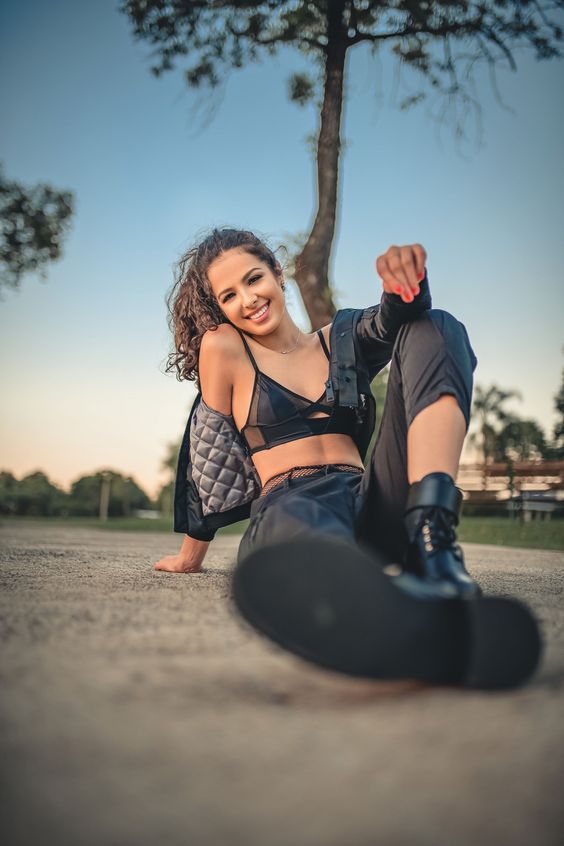


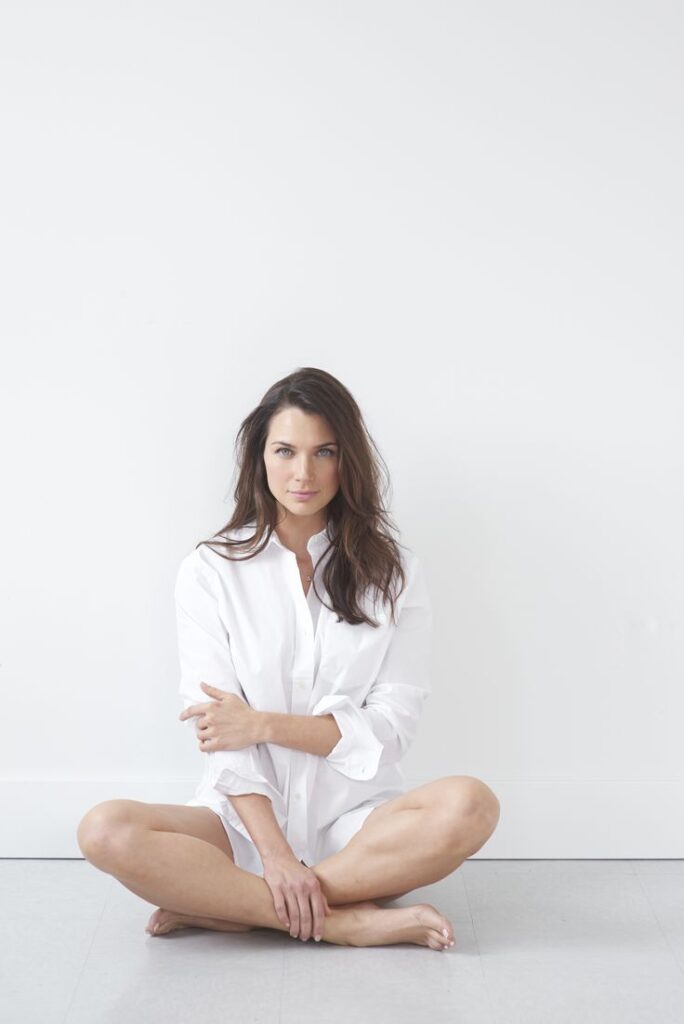





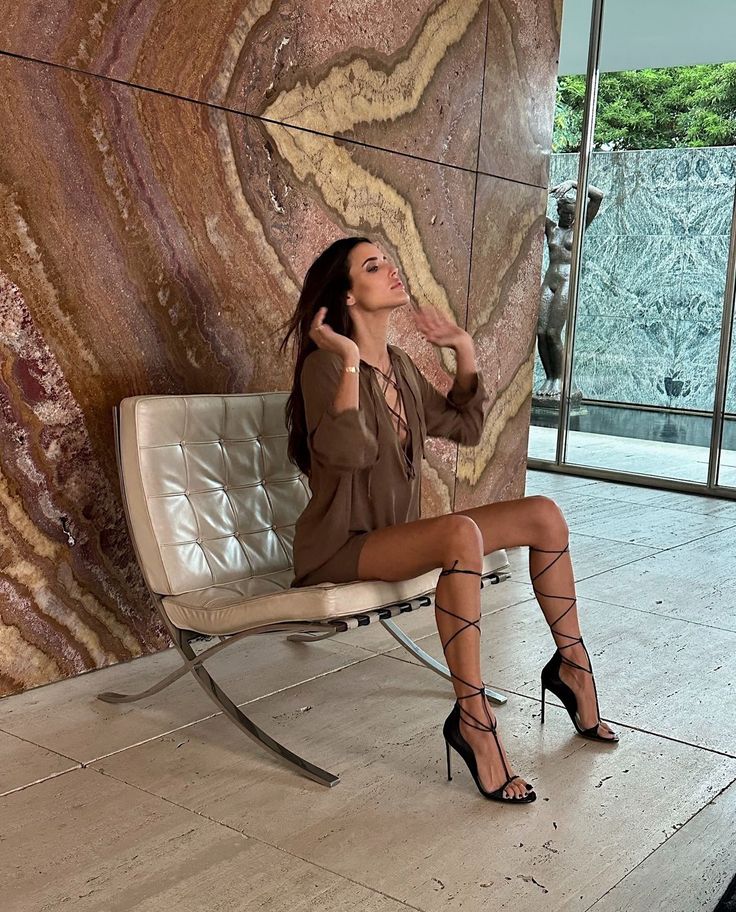

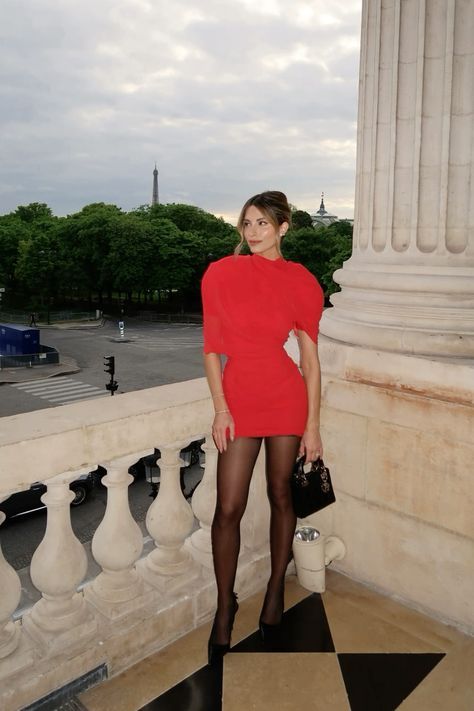



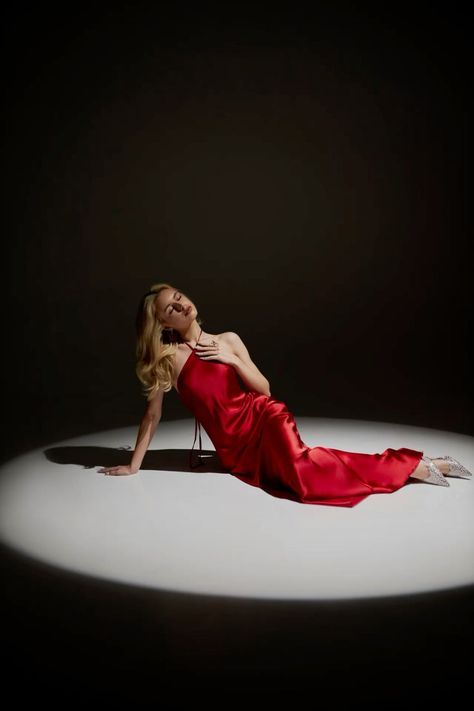
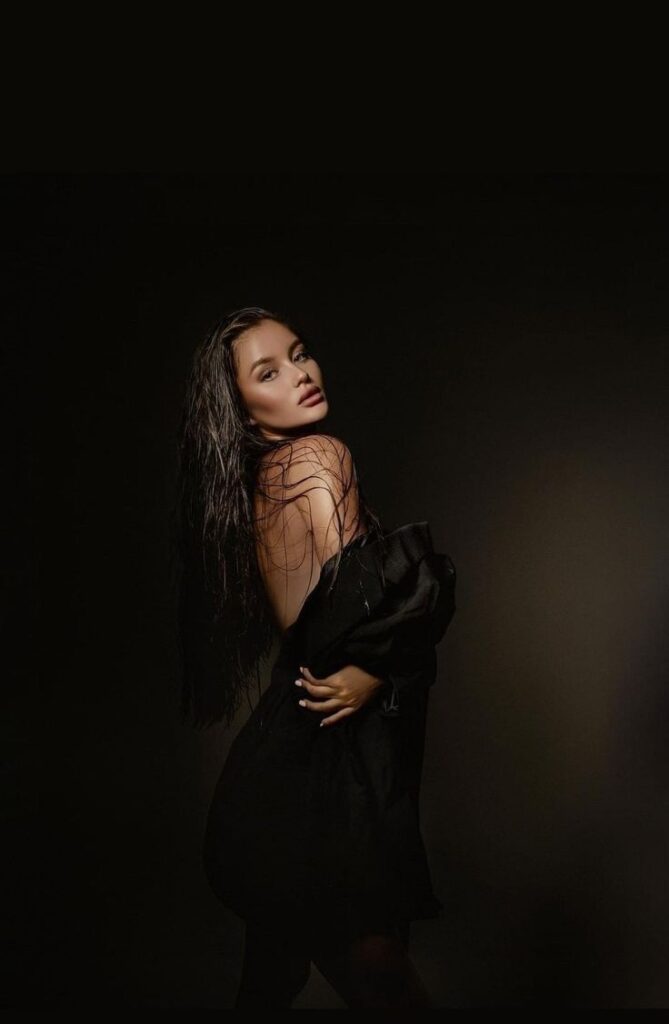
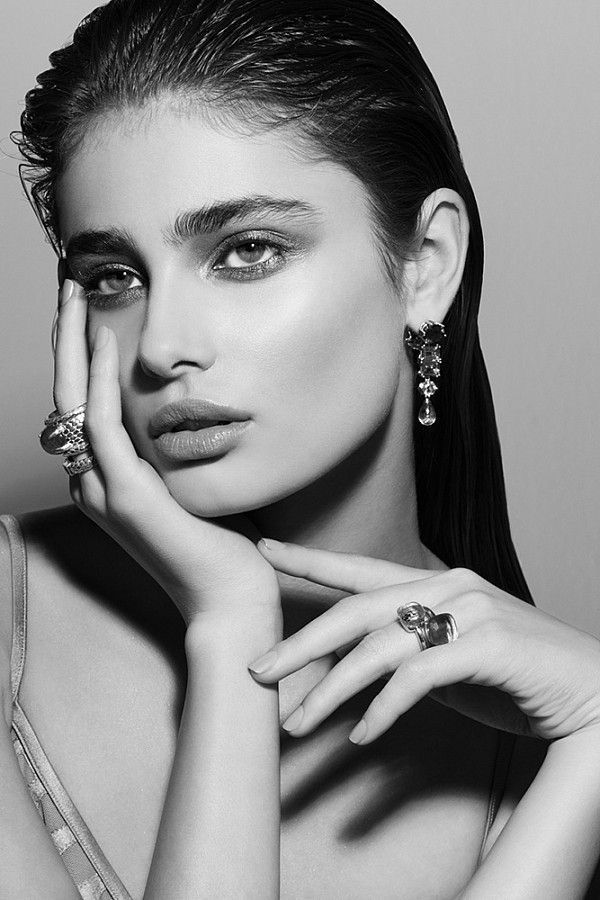


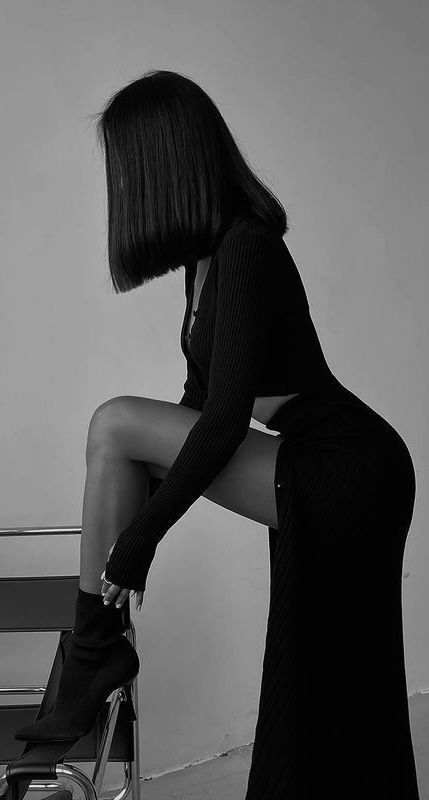
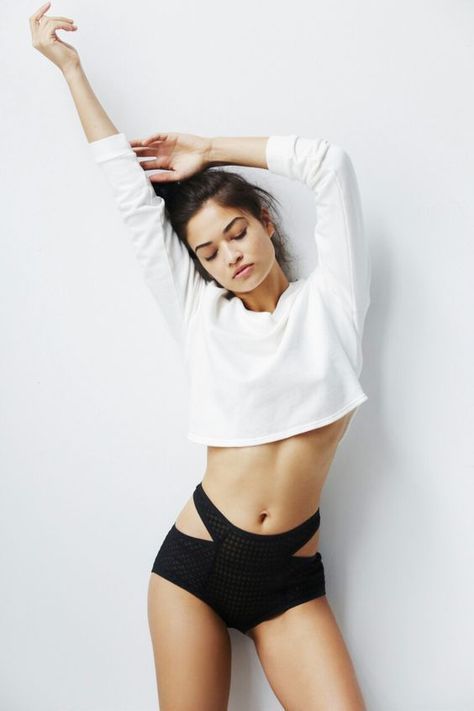
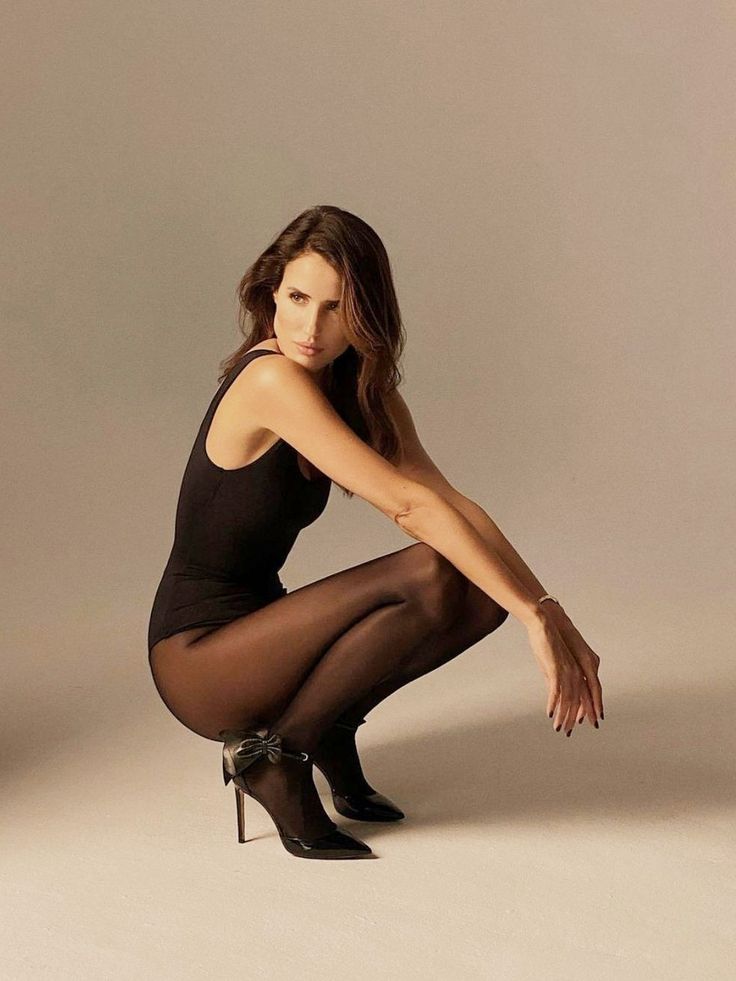
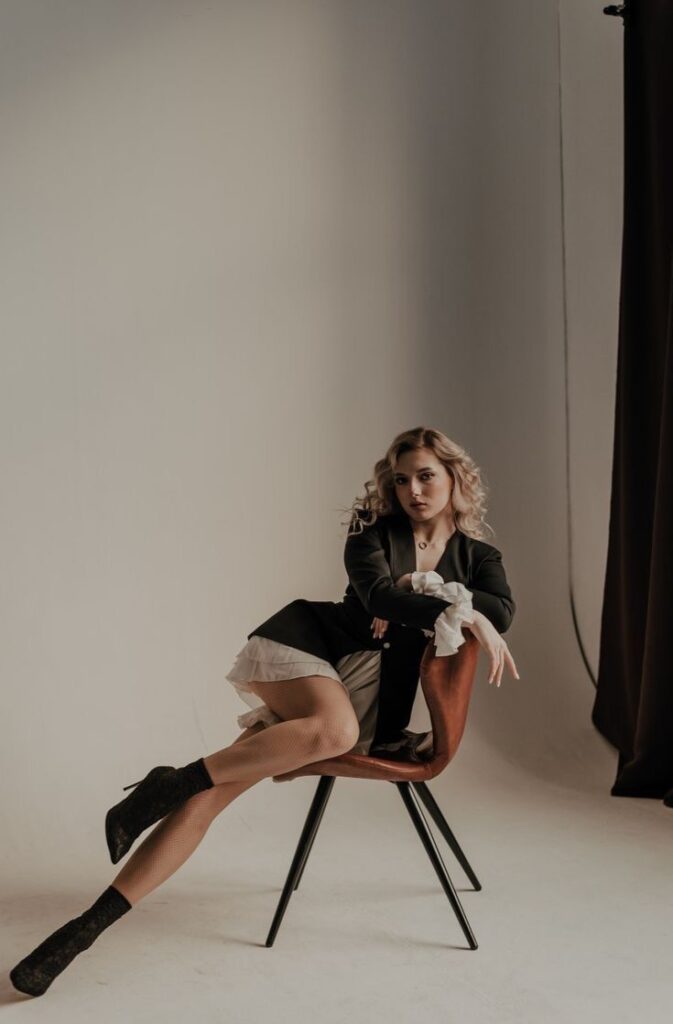
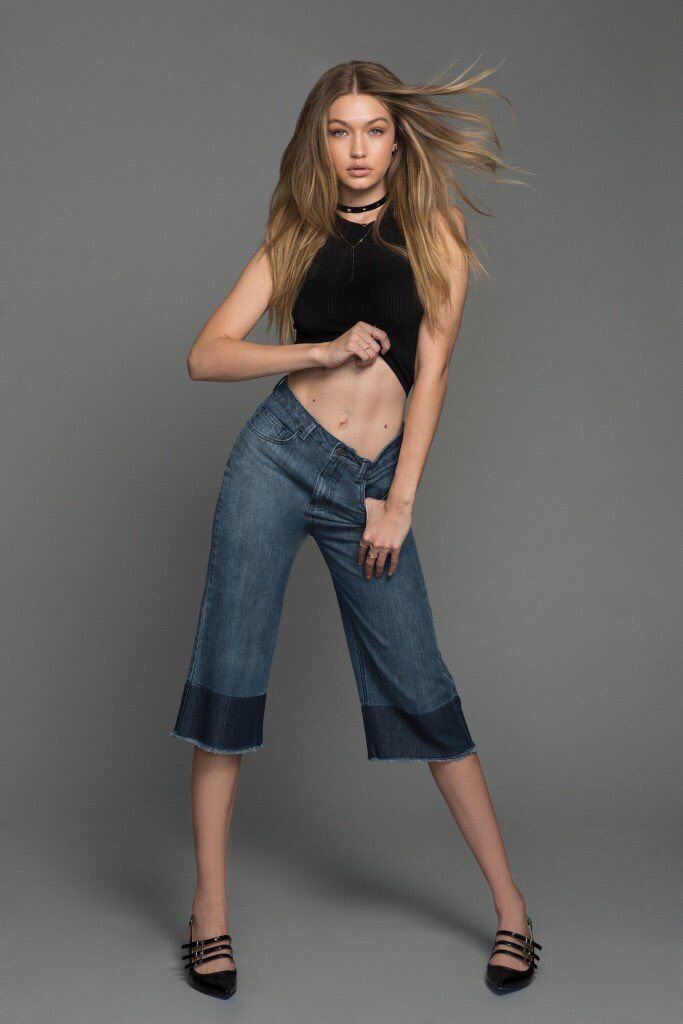
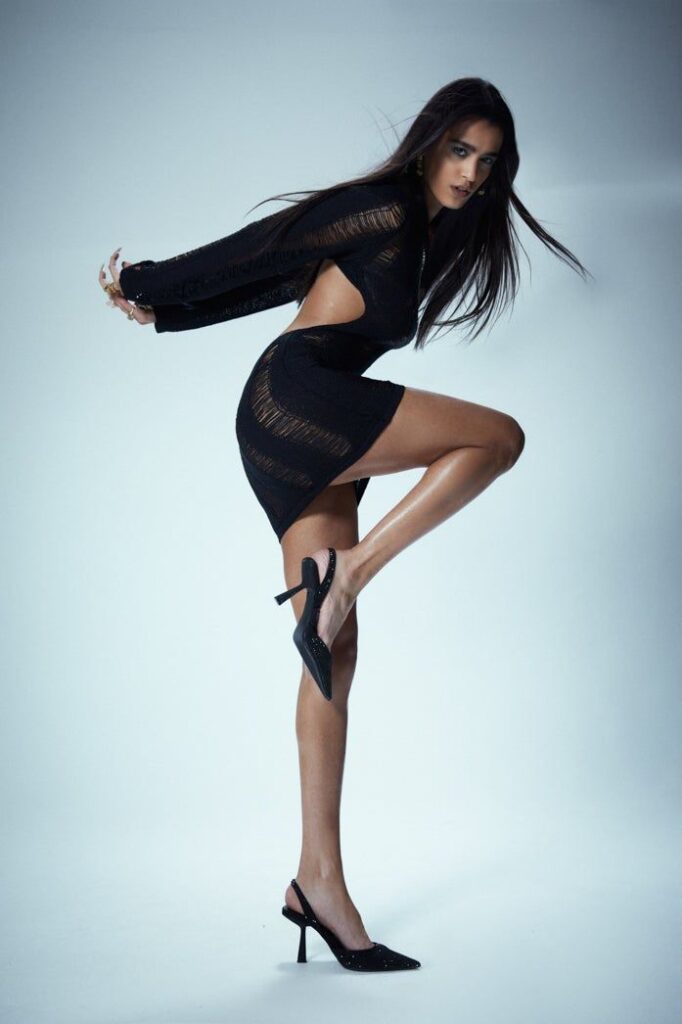
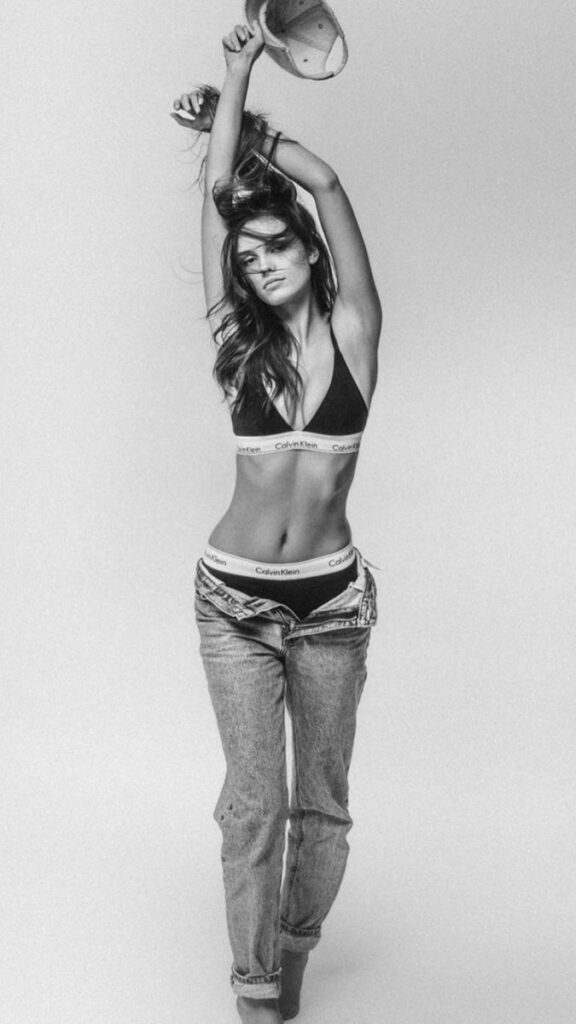
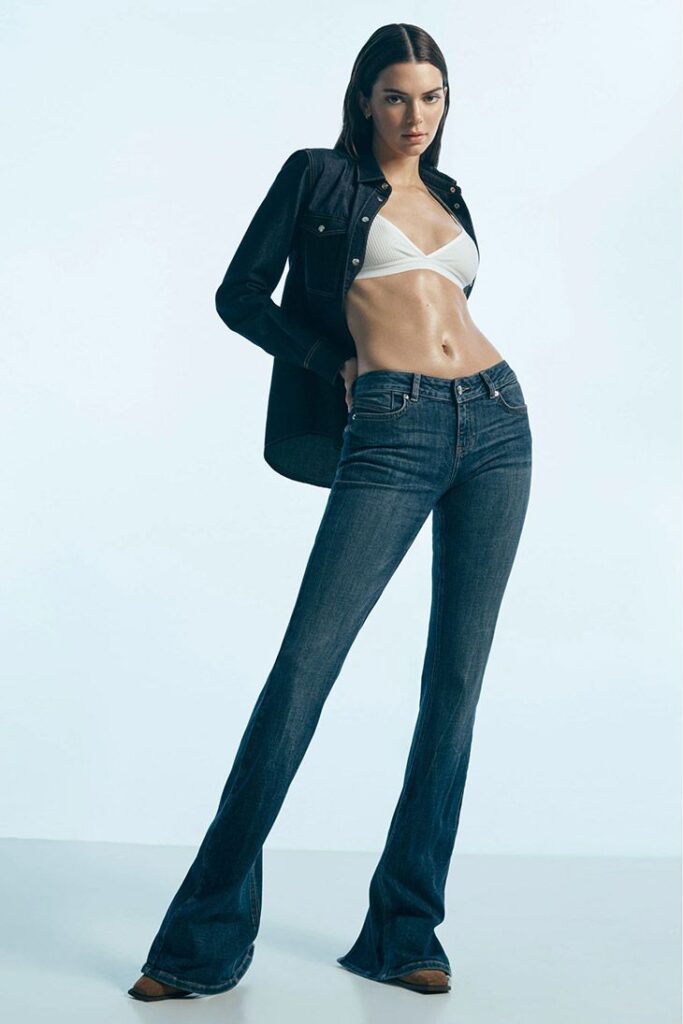

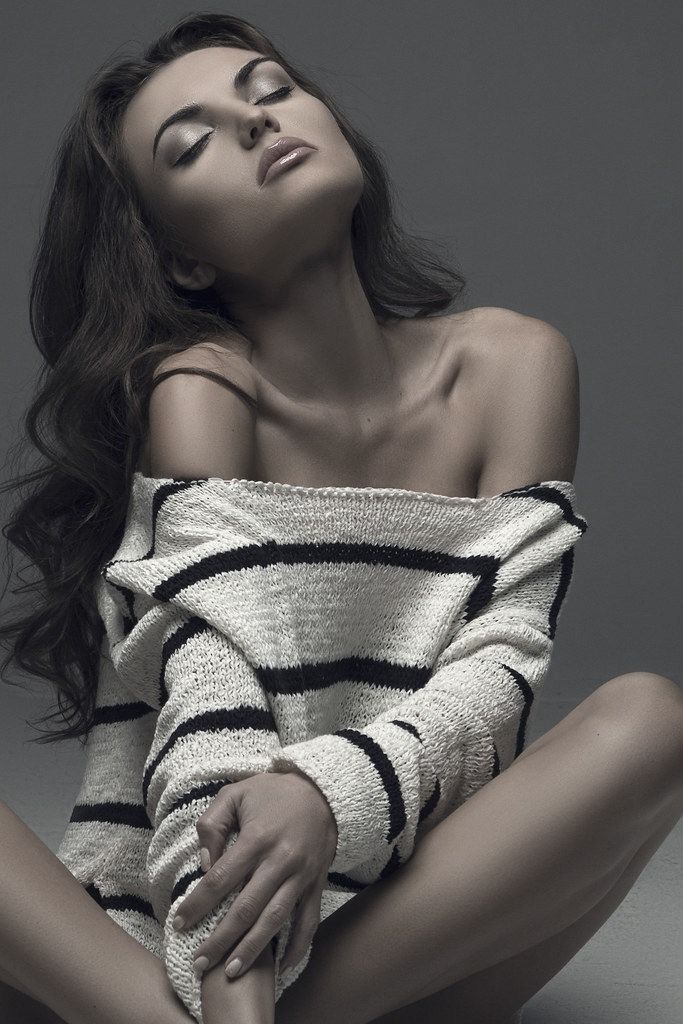
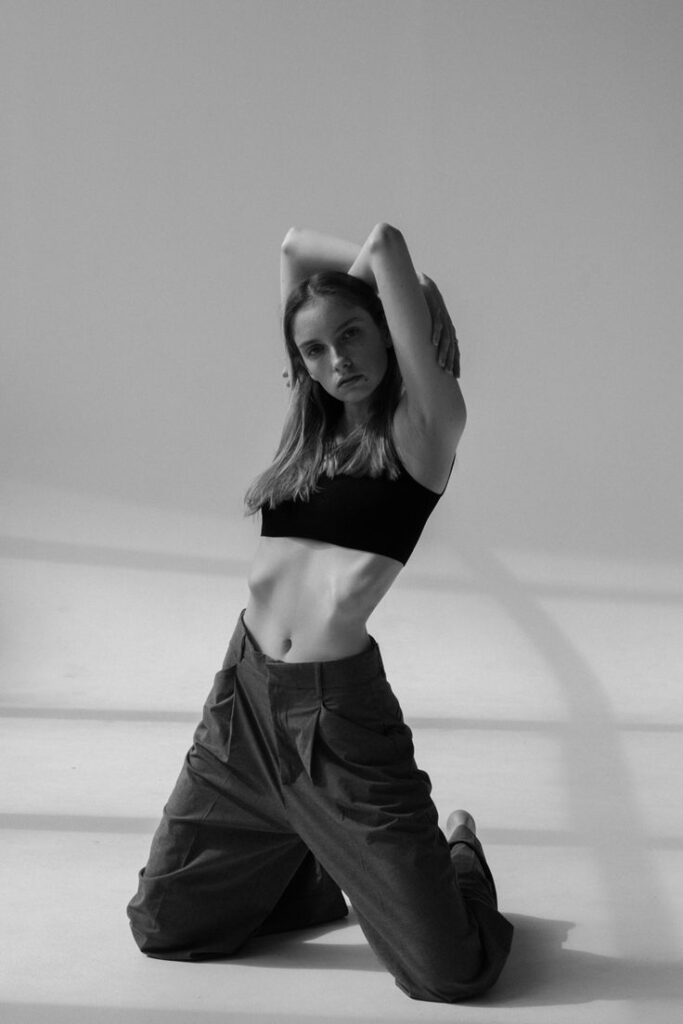
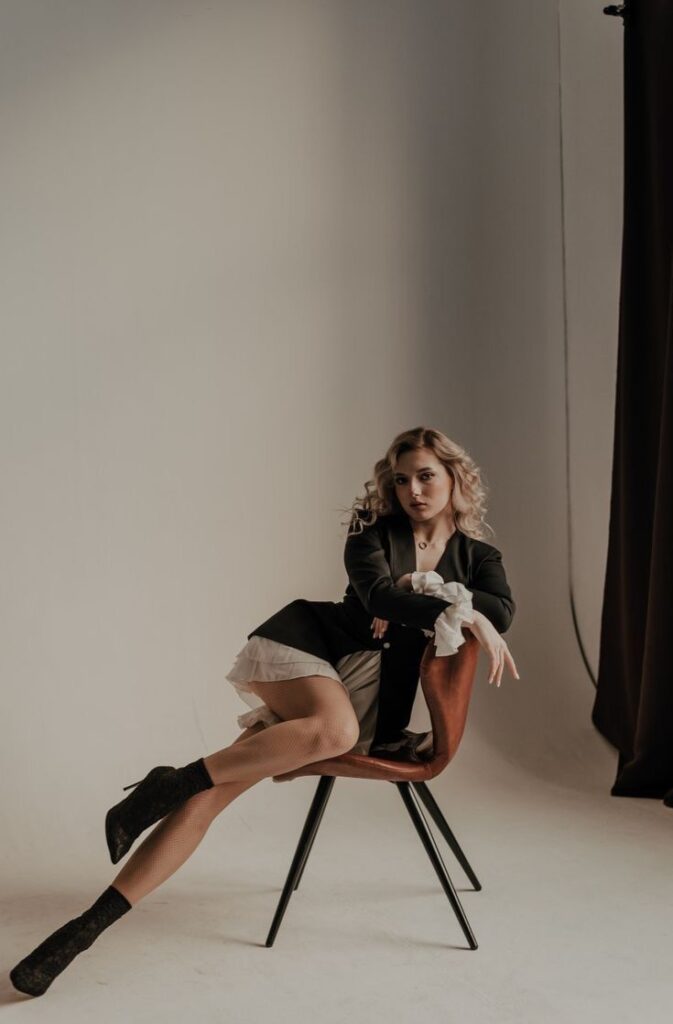




Using Social Media for Exposure
- Instagram: Visual storytelling and branding.
- Pinterest: Great for inspiration and exposure.
- LinkedIn: Attracting professional collaborations.
- Behance & 500px: Connecting with the photography community.
Building a Physical Portfolio
- Print high-quality images in a sleek photo book.
- Use professional prints for client meetings.
- Attend photography exhibitions or networking events.
6. Tips for Growing Your Photography Portfolio
Collaborate with Other Creatives
- Work with models, makeup artists, or stylists.
- Participate in photography challenges or workshops.
- Collaborate with brands for test shoots.
Constantly Update Your Portfolio
- Remove outdated work that no longer represents your skills.
- Add recent and high-quality images periodically.
- Stay up to date with trends in photography.
Leverage Client Testimonials
- Request reviews from past clients.
- Display testimonials on your portfolio website.
- Share before-and-after images to demonstrate skills.
Conclusion
A well-structured Portfolio Photography collection is essential for every photographer’s success. It reflects your expertise, attracts clients, and helps you establish a strong presence in the competitive world of photography. By curating high-quality images, showcasing your best work, and leveraging digital platforms, you can create a portfolio that stands out.

Mobile Photography Hacks: Candid Moments with Your Phone

Professional Model & Portfolio Photoshoots: Show Your Best Work
-

Street Photography Tips, Effects & Poses – Complete Guide
-

Leica Q2 for Photography: Why It’s Loved by Photographers
Mobile Photography Hacks: Candid Moments with Your Phone
Discover high-impact mobile photography hacks to capture genuine, gorgeous candid moments with your phone. Learn practical tips, composition secrets, and pro techniques to turn everyday scenes into stunning visual stories. Introduction: The New Age of Mobile Photography Photography has evolved beyond heavy cameras, technical jargon, and expensive equipment. Today, the power to capture extraordinary moments
Professional Model & Portfolio Photoshoots: Show Your Best Work
” Discover how to plan, style, and execute stunning portfolio photoshoots that showcase your skills, personality, and versatility. This comprehensive guide covers professional tips, posing ideas, gear suggestions, and industry insights for models and photographers.” Introduction – Why Portfolio Photoshoots Are the Cornerstone of a Photographer’s Career A well-crafted portfolio photoshoot is more than a
Street Photography Tips, Effects & Poses – Complete Guide
Discover the ultimate guide to Street Photography with expert tips, creative effects, and dynamic poses. Learn how to capture authentic urban moments, master composition, and tell powerful visual stories through your lens. Article Outline 1. Introduction to Street Photography Street Photography is more than just taking pictures of people in public spaces — it’s about
Leica Q2 for Photography: Why It’s Loved by Photographers
Introduction: The Cult Status of the Leica Q2 The Leica Q2 is not just a camera—it’s a statement. Combining the heritage of German precision engineering with modern digital excellence, it holds a special place in the hearts of professional and passionate photographers alike. With its full-frame sensor, prime Summilux lens, and minimalist design, the Q2
Top Cameras Under ₹1 Lakh for Freelance Photography
Freelance photography is no longer a niche—it’s a booming creative profession that demands not only vision and hustle but also the right gear. Your camera isn’t just a tool; it’s your storytelling partner. If you’re a freelance photographer aiming to balance performance, versatility, and budget, investing in a cameras under ₹1 lakh can offer the
Top Features of Nikon D850 That Make It Ideal for Photoshoots
Explore the top features of the Nikon D850 that make it a powerhouse for photoshoots. From exceptional resolution to dynamic range, this detailed Nikon D850 guide is built for professional and aspiring photographers. 1. Introduction When Nikon launched the D850, it quickly earned a reputation as a flagship DSLR that redefined what photographers could expect





